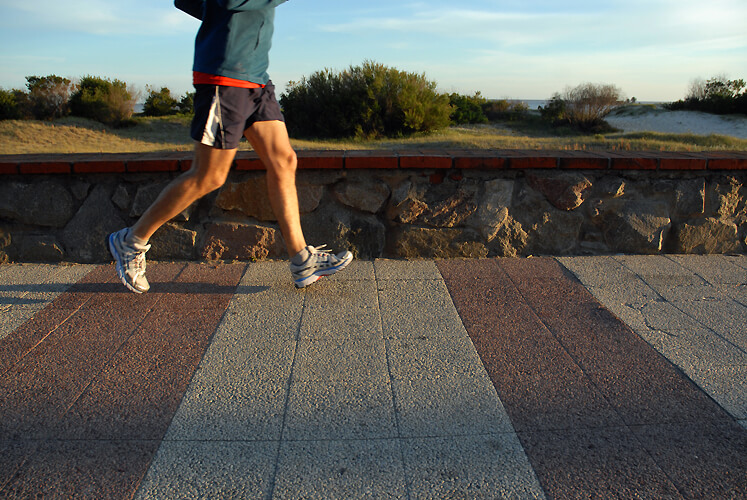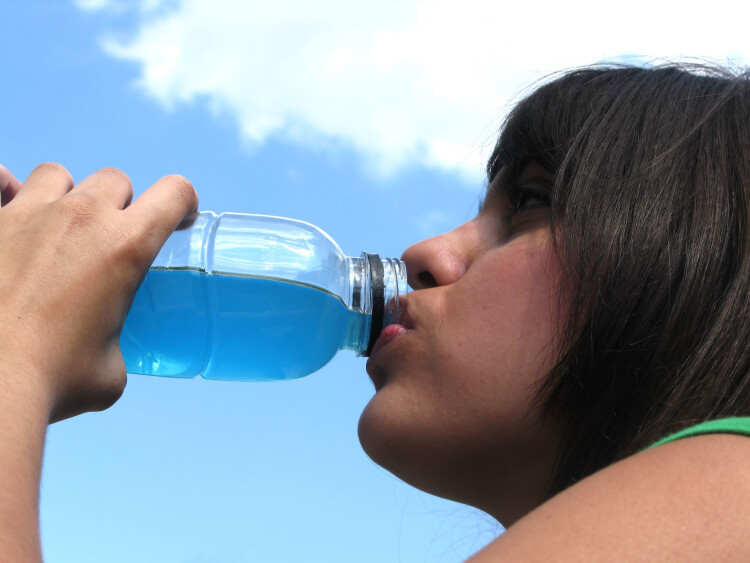Most likely, few people would argue against the goal and necessity of 50 Million Strong by 2029. Indeed, many would view its importance as being critical to our future. However, as suggested by Steve Jefferies in his recent editorial, as a profession we have yet to make the extensive impact we’d like on the physical activity and health lifestyle choices of our students.

The Importance of Physical Literacy
We believe that the notion of developing physical literacy in students is vital to developing active, healthy lifestyles and, ultimately, the attainment of the 50 Million Strong by 2029 goal. Although definitions of physical literacy vary, it is commonly accepted that physical literacy is a holistic view of a person’s knowledge of how to move and the ability to do so with competence, their understanding of why activity is important, and the willingness and desire to be involved in physical activity on a consistent basis. If we want to be 50 Million Strong by 2029, surely this holistic view is a necessity. The 50 Million Strong by 2029 goal requires physical literacy and, similarly, physical literacy can achieve 50 Million Strong by 2029!




